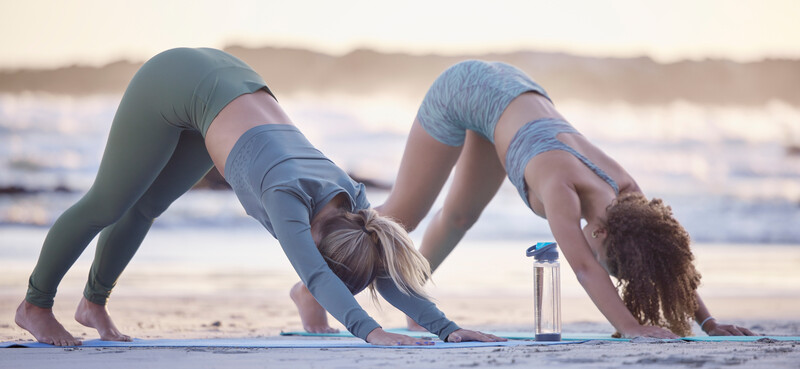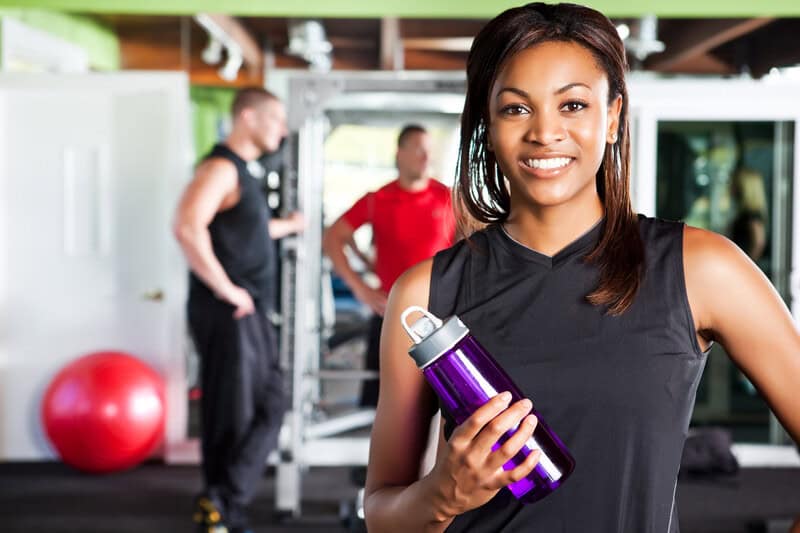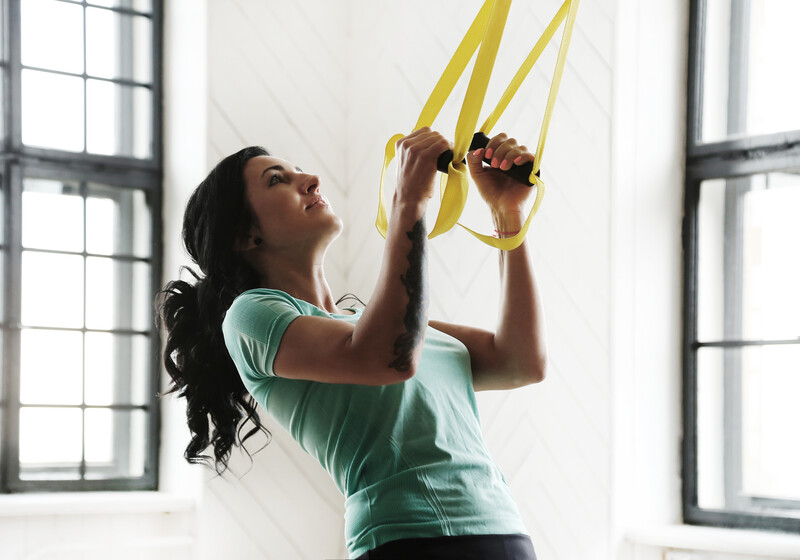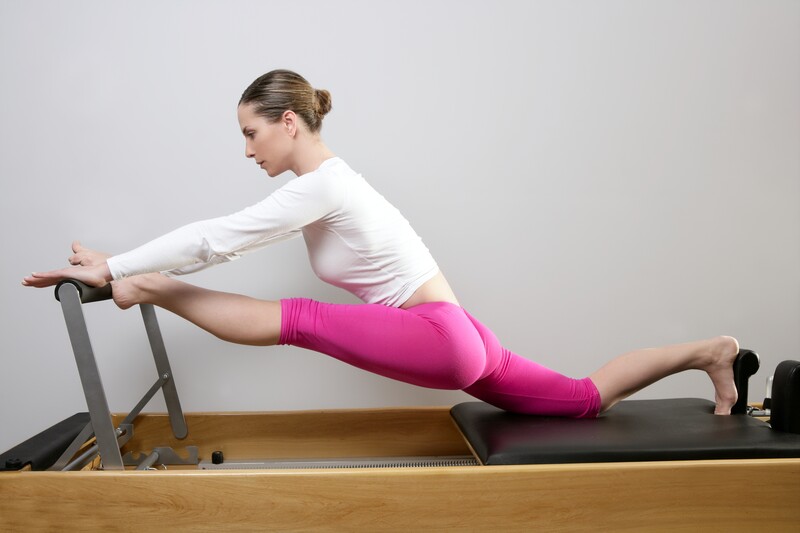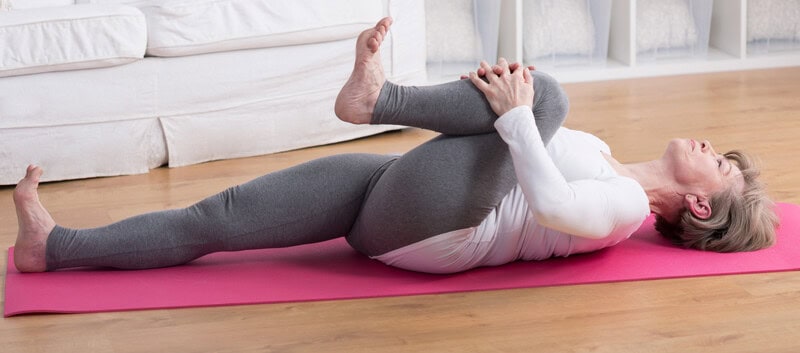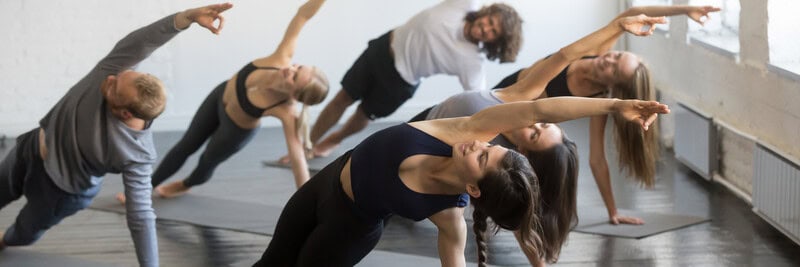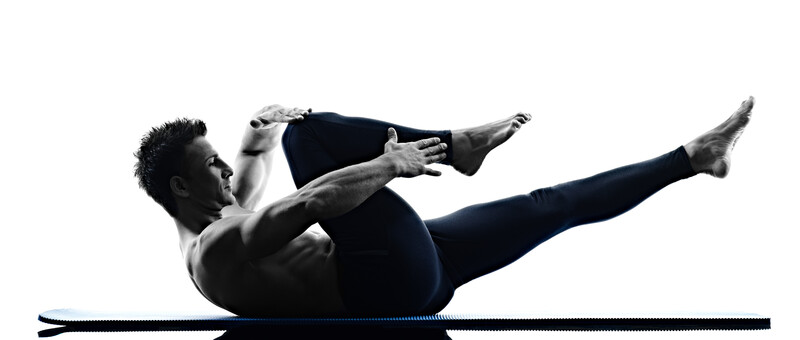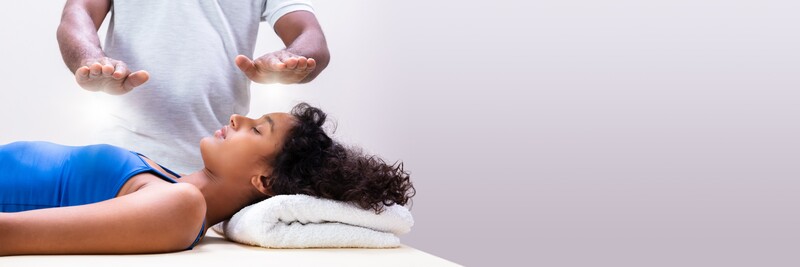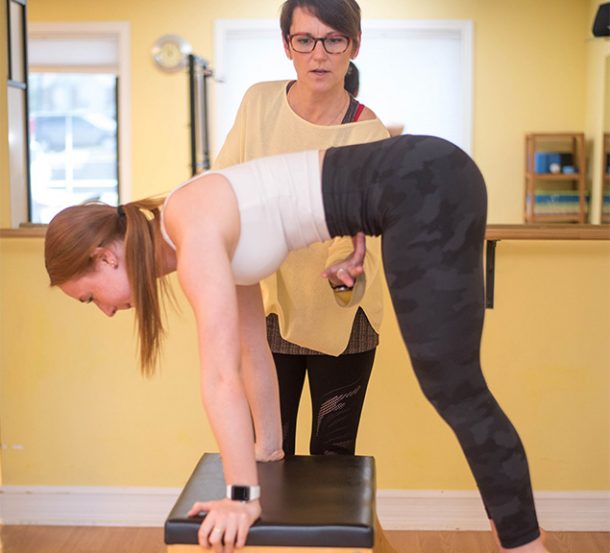Is Reiki Right for You?
August 16, 2023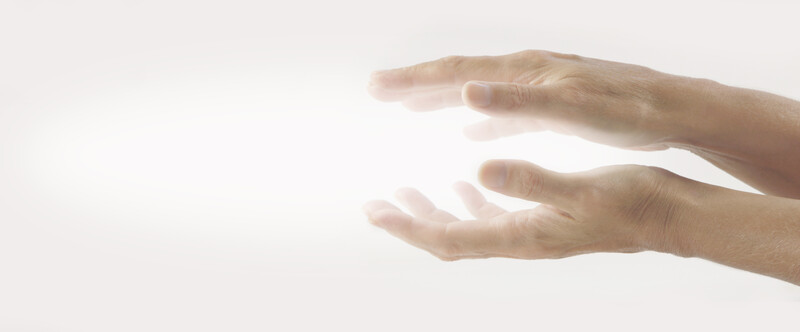
Born in Japan and translated as “universal life force,” Reiki is a non-invasive energy healing technique that works to reduce stress and anxiety while promoting relaxation in the body through gentle touch, or no touch at all.
Reiki can be performed as either a primary therapy or in complement to a range of other therapeutic treatments. It is designed to aid in healing through balancing a person’s energies – mentally, spiritually, emotionally, and physically.
Is Reiki right for you? If you hear your inner voice telling you to pursue Reiki healing or if you have a gut feeling it may be the right path, this is as good a sign as any to give the Eastern healing practice a try. If you’re still not sure, here are some signs that Reiki might be worthwhile for you and your healing journey.
1. You Suffer the Effects of a Stressful Lifestyle
Stress is a common affliction in today’s society. The numbers don’t lie: one in five Canadians over the age of 12 report feeling quite a bit or extremely stressed on a daily basis. However, just because it’s common doesn’t mean it’s normal, or healthy. Prolonged stress can have significant negative effects on the mind, body, and soul.
Whether you’re experiencing muscle tension, headaches, anxiety, insomnia, or any other common symptoms associated with stress, Reiki might just provide the relief you’re looking for. Studies have found that Reiki healing can result in increased feelings of peace, relaxation, security, and wellness. Sounds good, doesn’t it?
2. You Possess a Desire to Heal
Just like the power of positive thinking has merit, the inverse is also true – if you’re skeptical and unwilling to open yourself to the possibilities of Reiki, you’ll likely find that it’s a self-fulfilling prophecy.
However, if you possess a desire to work on yourself and heal from within, and if you approach Reiki with an open mind and a positive spirit, the outlook is good. If you look to Reiki healing with hope and a willingness to release yourself to the process, Reiki is a promising option to explore in your healing journey.
3. You Believe in Alternative Medicine
Let’s face it, alternative healing isn’t for everyone. In order to reap the full benefits offered by Reiki, it’s essential that you recognize the value in alternative practices in healing.
Conventional medicine is a powerful thing, no doubt. However, you may be a prime candidate for Reiki if you enjoy practices such as yoga, meditation, acupuncture, and somatic therapy techniques. Engaging in these activities likely means that you recognize the power of the connection between mind, body, soul, and energy, and you value techniques which approach health and healing from such a perspective. If this sounds like you, Reiki is right up your alley.
4. You’re Willing to Accept the Unexplained
This isn’t to say that Reiki is entirely dependent upon blind belief – studies have shown Reiki to have measurable effects on patients undergoing a medical healing journey. However, a willingness to believe in powers beyond the scope of science is beneficial to those looking to make the most of their Reiki healing journey.
If you find that you can sense the energy in a room or that you can pick up on a person’s aura, this is for you. There are things in this world that we can’t quite explain using facts and figures, and Reiki is currently among those phenomena. If that’s not a barrier for you, you’re well-positioned to reap all of the wonderful benefits that Reiki has to offer.
5. You’re Ready to Change Your Life
If you’re even considering pursuing Reiki healing, chances are there’s something in your life you’re hoping to change. That’s a good sign – Reiki has the potential to do just that.
The impacts of Reiki healing can last a lifetime. Those who practice Reiki find that as a result, their energies are aligned for the better in the long-term. That which doesn’t serve you will exit your life, making room for new possibilities and opportunities. You remove the negativity and create space for your best self – and therefore your best life – to flourish.
If your intuition is pushing you toward Reiki healing, you ought to listen. If you have any questions about the Reiki healing practice or how it might fit into your lifestyle, we’re happy to provide you with the information you need to pursue this next step in your healing journey. Contact us today.
